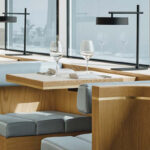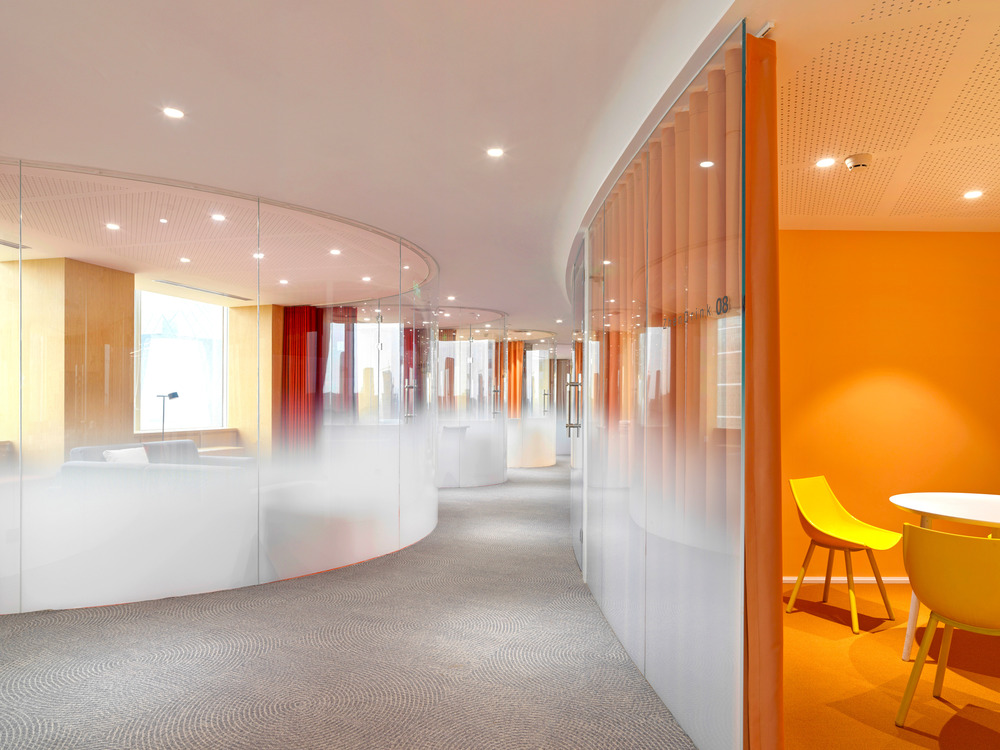
In a heavily populated world, the need for protection from communicable diseases becomes an integral part of everyday life. Even seemingly innocuous places such as supermarkets, restaurants, and schools are environments where germs can easily spread, with people coming and going regularly. If you consider the COVID era, a new wave of awareness and action towards personal safety measures has been birthed.
While we may not be as wary of a common cold, it can still be incredibly damaging to the health of individuals. It’s not unusual for new viral outbreaks to cause panic and worry, with people frantically seeking ways to protect themselves. In cases where direct contact is inevitable and being prepared is a necessity, installing safe and reliable infection protection screens can help reduce the risk of contagious diseases.
Industries and Settings That Benefit From Infection Protection Screens
The versatile and ever-growing application of PPE screens has made them a favourite in several industries and settings. The way they effectively protect people and provide a physical barrier from infectious germs and bacteria makes them invaluable too in many sectors, including:
Healthcare Facilities
Perhaps the most obvious of the bunch, healthcare facilities can implement infection protection screens in almost every aspect of their operations. From hospital reception desks to doctor’s offices and clinics—these screens are essential for maintaining high safety standards that will protect both staff members and patients alike.
Whenever patients with high-risk medical conditions come into the facility, these barriers can be used to keep people at a safe distance, helping ensure that germs and infections don’t spread. Even if they’re not actively treating an infectious patient, the screens keep visitors and passers-by from getting too close to staff members and reception areas.
Not only can this help protect the health of everyone in the building, but it can also be used to improve customer service. In this way, staff members will have an easier time communicating with patients and visitors while still adhering to safety protocols.
Retail Stores and Supermarkets
Another industry that sees a large number of visitors in a day is the retail and grocery sector. With stores experiencing high foot traffic, it’s essential for them to make safety precautions part of their regular operations. That’s why protection screens are often found in supermarkets and convenience stores.
They can provide a safe barrier between customers and staff members, helping reduce the chances of germs or viruses spreading between them. You don’t have to be visibly sick or have come into contact with someone who is to be at risk either. With shelves and surfaces frequently touched by other shoppers, it’s easy for germs to spread quickly in stores, making it all the more important to take preventative measures.
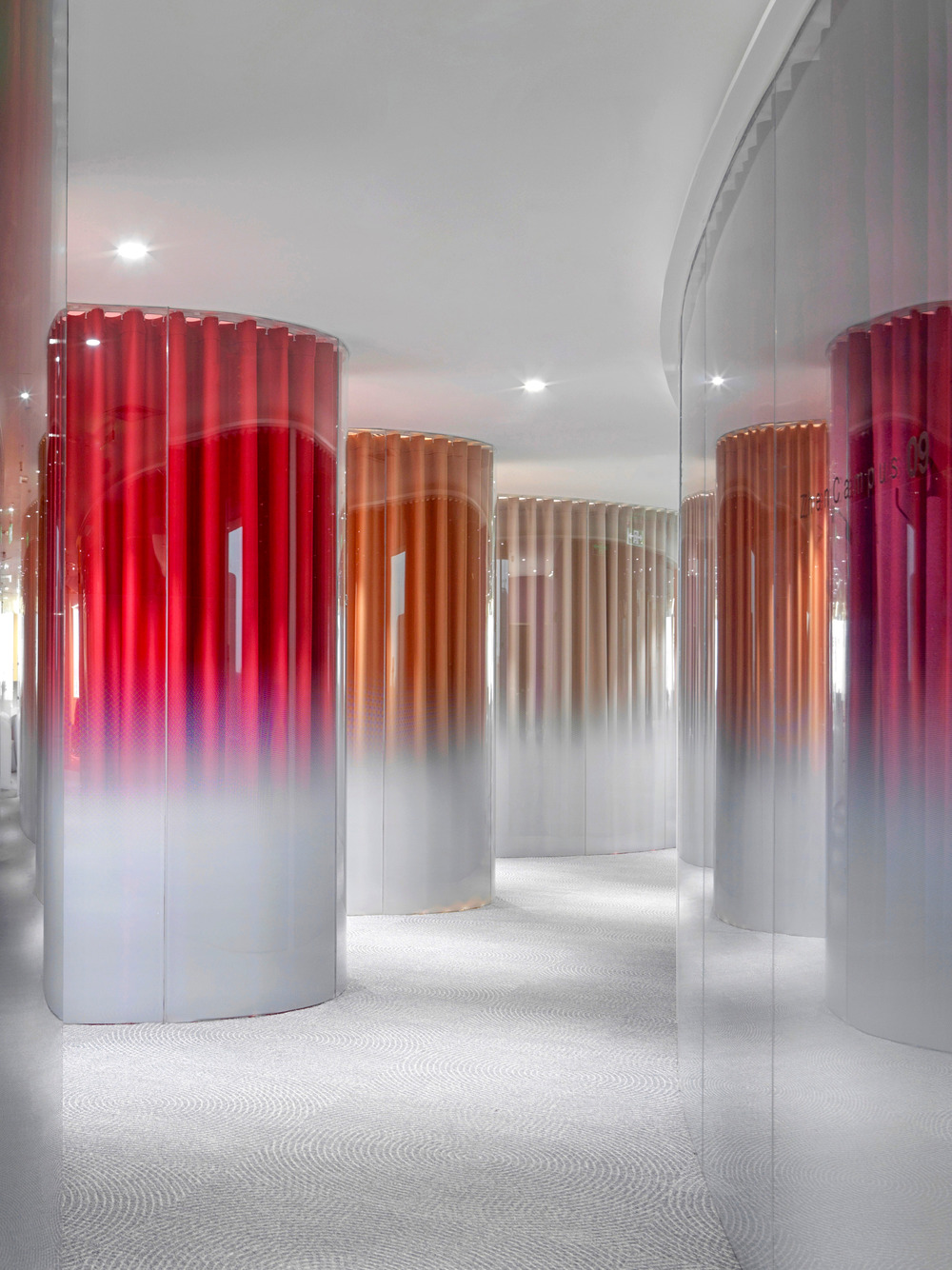
Restaurants and Food Service Industry
The food service industry has also been greatly impacted by the rise of communicable diseases. With regular customers and staff members coming in and out throughout the day, they can easily be exposed to viral particles. It’s crucial for restaurants and cafes to take preventative measures as they often deal with food that can easily become contaminated if not handled properly.
When there’s direct contact between customers and staff, using infection protection screens is an effective way to keep everyone safe. From counter bars to self-service stations, these barriers can be put up almost anywhere in the restaurant or cafe. This way, people can interact while still being protected from airborne particles and maintaining food safety standards.
Offices and Workplaces
The workplace is another setting where people come into close contact with each other on a daily basis. With the potential to spread germs, having PPE screens in place can help reduce the risk of infection while allowing essential work duties to be carried out safely.
When you have multiple people in the same space for extended periods of time, you need to take extra precautions. Installing these screens can help ensure that people are kept at a safe distance and that diseases don’t have the chance to spread throughout the workplace. This can inherently help boost morale and productivity, as employees will have the assurance that their health is being taken care of.
Educational Institutions
In most cases, education is a setting where people are brought together in relatively close quarters. Whether it’s preschools, elementary schools, or universities—these places need to be equipped with the necessary protection to keep students and staff safe.
Younger children in particular, who are more prone to getting sick and picking up viruses, need to be in an environment that lends itself towards healthy practices. With preventative screens installed in these locations, students can have some peace of mind knowing that their school is doing its part to minimize the spread of germs.
Public Transportation
The last – but certainly not least – industry to benefit from infection protection screens is public transportation. Whether it be buses, trains, or planes – these modes of transport are often filled with different people coming together in an enclosed space.
We’ve all seen how crammed public transportation can get during peak times, such as rush hour or busy days of the week. Installing protection screens on seats or in front of ticketing counters can help keep passengers safe and healthy during their travels. This way, people won’t have to worry about contact with other passengers while still being able to enjoy a convenient ride.
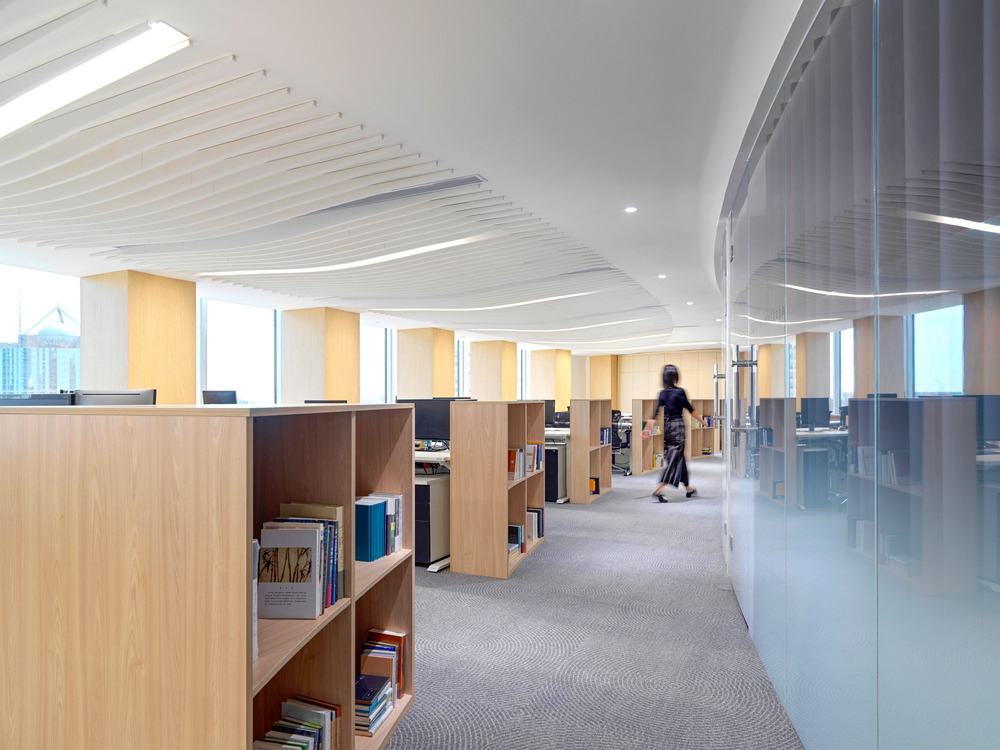
Factors to Consider When Choosing Infection Protection Screens
Even if all models bring the same basic level of protection, there are subtle differences between them that can make a huge difference in how well they perform. These seemingly minor aspects can actually have a dramatic impact on the effectiveness and longevity of your PPE screens, with the following factors playing a key role:
Size and Customisation Options
The first aspect to consider is the size of the screen itself, as it should be appropriate for your given situation. If you’re using them in an office, they should be tall enough to provide adequate coverage but not so tall that they impede workers’ movements or visibility. If used in other settings, such as retail stores or restaurants, you want to make sure the size and shape of the screens are tailored to suit your environment.
Customisation options also play a part here, as some models may come with additional features that can help enhance their performance. Examples include flexible frames and panels for when you need to make adjustments on the fly or additional accessories that can help keep the screen firmly in place.
Material and Durability
The material of the screen is another important factor, as it largely determines how strong, lightweight, and durable it will be. Many models are made from acrylic plastic, which can be easily cut and moulded into almost any shape or size. Other models may also be constructed from powder-coated steel, which is both lightweight and highly resistant to corrosion and rust.
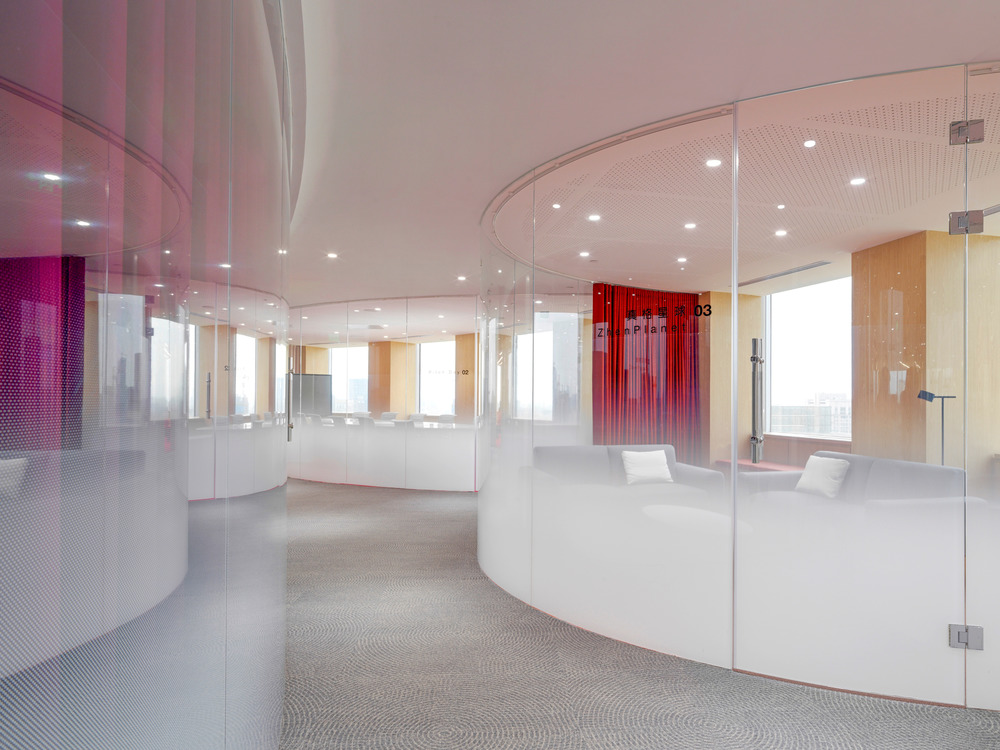
Easy Installation and Maintenance
The difficulty of installation will depend on the type of screen you’re using. Most models can be easily mounted to a wall or desk with just a few screws, while others may require more complex methods. Once applied, some screens also come with additional accessories that help maintain their positioning and stability.
In terms of maintenance, many options are designed to be as fuss-free as possible. Generally speaking, they don’t require any special cleaning solutions and can be wiped down with a damp cloth.
Compliance With Safety Standards and Regulations
Safety standards should always be taken into account when selecting PPE screens, as most models will need to meet certain local or international regulations. Thankfully, many companies are now offering products that comply with safety guidelines, such as those outlined by the World Health Organization (WHO) and accompanying Aussie standards.
Images from Zhen Fund by asap / adam sokol architecture practice – See the full story here


